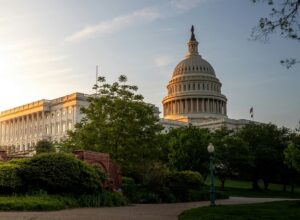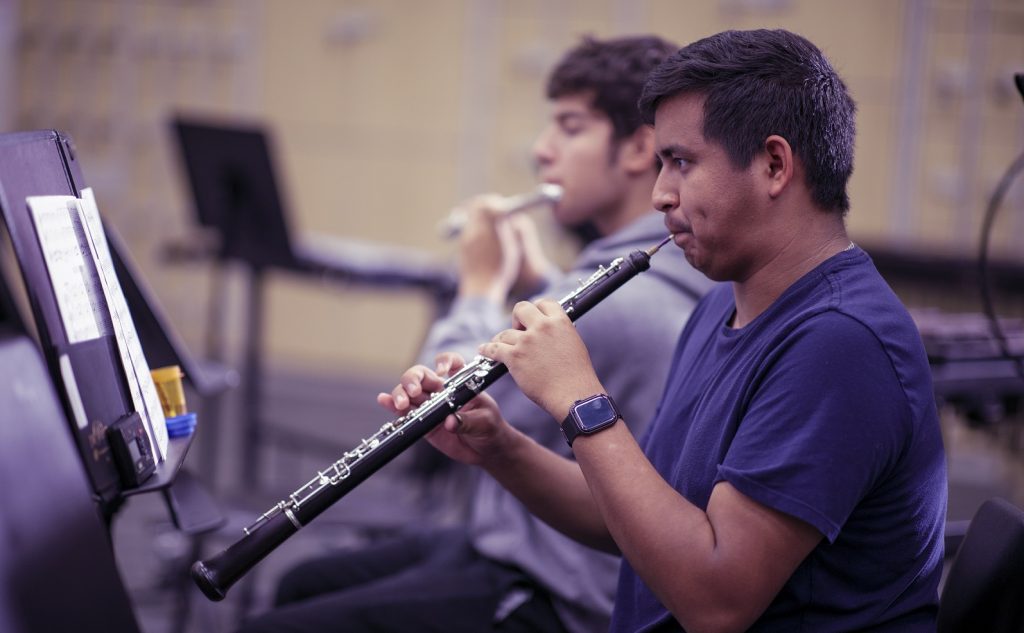Tagged Under:
Teaching Music in High-Need Schools: Funding
In part 5 of this series, we look at funding your music program, from federal funds to fundraising and partnerships.
The acquisition and fiduciary stewardship of funds for music programs is one of the most discussed topics in our field today. Because many high-need schools throughout the country qualify for Title I and Title IV-A funds under The Elementary and Secondary Education Act, knowing how to access and deploy these resources can play a pivotal role in addressing student and program needs.
Music programs in high-need schools face unique challenges due to limits on how these allocations can be used. However, there are ways that we can advocate for our programs, demonstrate our fundraising capacity and secure funds for the improvement of student outcomes. This article explores the importance of accessing Title I and Title IV-A funds alongside traditional fundraising, business partnerships and nonprofit collaborations to ensure the sustainability of music education in high-need schools.

Accessing Title I and Title IV-A Funds
Title I funds are crucial for supporting high-need schools, however, the process of accessing these funds for music programs can be complex. Similarly, Title IV-A funds, designed to promote a well-rounded education and first authorized through the Every Student Succeeds Act of 2015, offer opportunities specifically for financing music education.
Navigating these federal funds requires strategic planning to overcome challenges, ensuring that they are utilized effectively to meet the unique needs of Title I schools. One resource that I strongly recommend to help music teachers in securing these funds is the National Association for Music Education’s Title IV-A Success Stories. It will supply you with the data and examples you need to start a dialogue with your administration and advocate for your program to receive a portion of the funds.

Fundraising and Business Partnerships
Supplementing federal funds, fundraising becomes a cornerstone for sustaining music programs in high-need schools. Creative initiatives, such as community-based events, alumni contributions and instrument drives, are essential in bridging financial gaps. Through successful fundraising efforts, schools can cultivate a sense of community ownership and engagement in their music programs, which fosters more sustainability.
Local businesses can be vital allies in supporting music education. Beyond financial contributions, partnerships with businesses bring additional benefits, including access to resources, expertise and community engagement. Successful collaborations demonstrate how active a role our business community can play in supporting music programs, establishing a mutually beneficial scenario for both parties.
Nonprofit Partnerships for Music Programs
Nonprofit organizations contribute significantly to the enhancement of music education in Title I schools. These partnerships offer diverse benefits, ranging from additional funding sources to professional development opportunities for educators. Some examples of potential nonprofit partnerships include college music programs, grant funding agencies, local government, museums and other arts organizations. These partnerships not only can showcase the positive impact on music programs, they can also serve as a vehicle to show students the myriad of ways in which music can be a viable career option for them.

Challenges and Solutions
Despite the potential benefits of federal funds, fundraising and partnerships, we know that challenges persist. Limited awareness, bureaucratic hurdles and unpredictable economic conditions can impede sustained progress. Collaborative solutions, such as community advocacy, administrative support and increased public funding can become strategies to address these challenges and ensure the longevity of music programs.
A comprehensive approach that combines federal funds, fundraising initiatives, business partnerships and nonprofit collaborations is essential for the success of music programs in high-needschools. By actively engaging with administrators, educators, community members and policymakers, we can create a harmonious environment that empowers students through the transformative power of music, regardless of their socioeconomic backgrounds. I believe that as a society, we have the collective responsibility to prioritize and support music education in high-need schools to ensure that every student has the opportunity to benefit from an exceptional music education.
Read part 1 of this series on recruitment.
Read part 2 of this series on rapport.
Read part 3 of this series on defining success.
Read part 4 of this series on best practices.
Read part 6 of this series on retention.
Read part 7 of this series on sustainability.
Top photo by PROSTOCK-STUDIOS / Adobe Stock.















